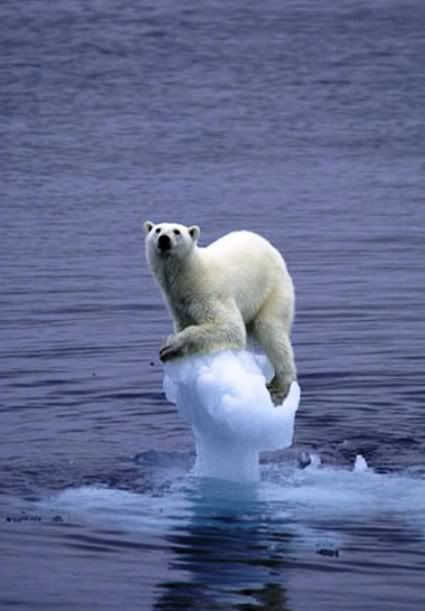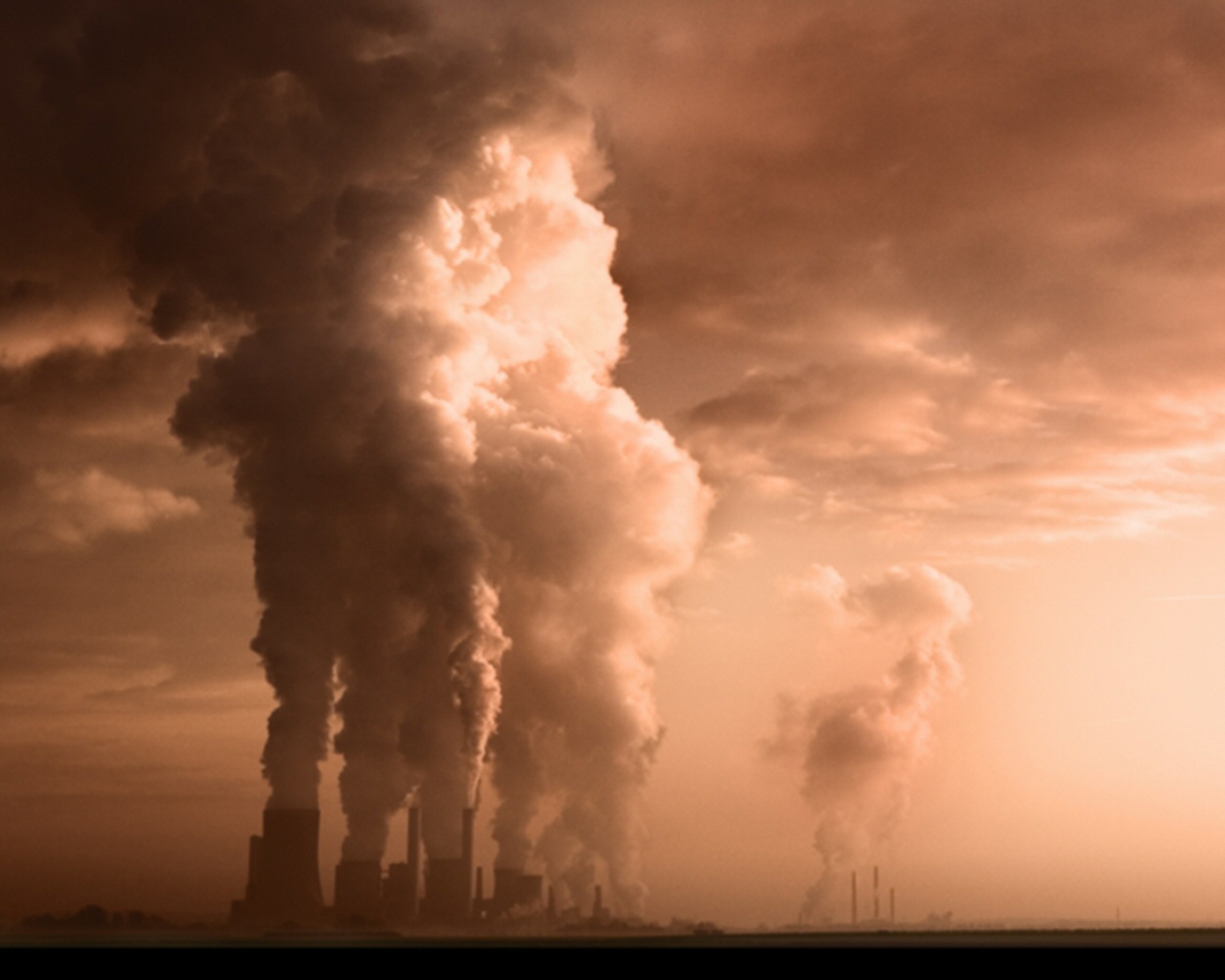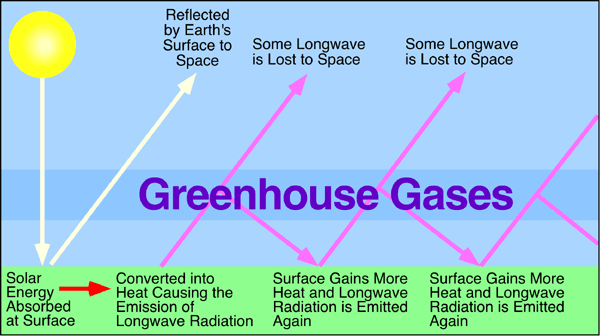Ways to reduce global warming in Hillgrove Secondary School
1) Plant more plants all around in our school.
2) Reduce, reuse and recycle materials examples are paper and newspapers.
3) Turn off electrical appliances when not in use.
4) Turn off taps in our school toliets when not using.
5) Learn more about Mother Nature and try to help to save the earth.
Done by: Nicole
2) Reduce, reuse and recycle materials examples are paper and newspapers.
3) Turn off electrical appliances when not in use.
4) Turn off taps in our school toliets when not using.
5) Learn more about Mother Nature and try to help to save the earth.
Done by: Nicole
What is Ozone depletion ?


The gradual destruction of the ozone layer caused mainly by the release of chlorofluorocarbons (CFCs) into the atmosphere.
What is the purpose of ozone layer?

The ozone layer is a layer in Earth's atmosphere which contains relatively high concentrations of ozone (O3). It absorbs 97–99% of the sun's high frequency ultraviolet light, which is potentially damaging to life on earth. Over 90% of the ozone in Earth's atmosphere is present. It is mainly located in the lower portion of the stratosphere from approximately 13 km to 20 km above Earth, though the thickness varies seasonally and geographically.
Ozone levels, over the northern hemisphere, have been dropping by 4% per decade. Over approximately 5% of the Earth's surface, around the north and south poles, much larger (but seasonal) declines have been seen; these are the ozone holes.
What is the causes of ozone depletion ?
Ozone depletion occurs when the natural balance between the production and destruction of stratospheric ozone is tipped in favour of destruction. Although natural phenomena can cause temporary ozone loss, chlorine and bromine released from man-made compounds such as (CFCs) are now the main cause of this depletion.
What are the sources of Chlorofluorocarbons (CFCs) ?

They are the insulation materials , Refrigeration , Air Conditioning ,Aerosols , etc ..
Chlorofluorocarbons (CFCs), chemicals found mainly in spray aerosols heavily used by industrialized nations for much of the past 50 years, are the possible causes in ozone layer breakdown. When CFCs reach the upper atmosphere, they are exposed to ultraviolet rays, which causes them to break down into substances that include chlorine. The chlorine reacts with the oxygen atoms in ozone and rips apart the ozone molecule.
Adapted From ;http://environment.nationalgeographic.com/environment/global-warming/ozone-depletion-overview.html
Consequences Of Ozone depletion ?
Effects on Human Being ;
Skin cancer
Eye damage such as cataracts
Immune system damage
Reduction in phytoplankton
Damage to the DNA in various life-forms
Malnutrition
Skin cancer
Eye damage such as cataracts
Immune system damage
Reduction in phytoplankton
Damage to the DNA in various life-forms
Malnutrition
Acule eye defects
Effects on flowering ;
-UV-B radiation can alter both the time of flowering as well as the number of flowers in certain species.
-Differences in timing of flowering may have important consequences for the availability of pollinators.
-The reproductive parts of plants, such as pollen and ovules are well shielded from solar UV-B radiation.
-Differences in timing of flowering may have important consequences for the availability of pollinators.
-The reproductive parts of plants, such as pollen and ovules are well shielded from solar UV-B radiation.
-Causes damage to many species of amphibians at every stage of their life cycle, from egg to adult Affects growth and development in larvae
-Causes Changes in behavior
-Deformities
-Make amphibians more vulnerable to disease and death
-In adults, causes retinal damage and blindness.
-Causes Changes in behavior
-Deformities
-Make amphibians more vulnerable to disease and death
-In adults, causes retinal damage and blindness.
SOLUTIONS !
Measures to reduce ozone depletion
•Sign international agreement to cut down usage of CFCs
–Montreal protocol
–Kyoto protocol (reduce greenhouse gases)
•Reducing usage of CFCs products
–Stop buying products containing CFCs
–Disposal coolant in fridge & air con properly
•Sign international agreement to cut down usage of CFCs
–Montreal protocol
–Kyoto protocol (reduce greenhouse gases)
•Reducing usage of CFCs products
–Stop buying products containing CFCs
–Disposal coolant in fridge & air con properly
Protection to be taken ;
-Protect the skin against the solar radiation using skin creams with SPF
-The greater the numerical value of the SPF the greater the protection
-Use lip balm with SPF
-Protect the skin against the solar radiation using skin creams with SPF
-The greater the numerical value of the SPF the greater the protection
-Use lip balm with SPF
-Sunglasses with 100% UV block
-Wrap around sunglasses
-Eye protection for children
-Wrap around sunglasses
-Eye protection for children
-Hats
Our Individual Efforts ! :)
•Use / buy more recycled products
•Save energy
•Take public transport
Done by: Caryn
What are greenhouse gases?
Greenhouse gases are gases in an atmosphere that absorb and emit radiation within the thermal infrared range. This process is the fundamental cause of the greenhouse effect. The main greenhouse gases in the Earth's atmosphere are water vapor, carbon dioxide, methane, nitrous oxide, and ozone. In our solar system, the atmospheres of Venus, Mars and Titan also contain gases that cause greenhouse effects. Greenhouse gases greatly affect the temperature of the Earth; without them, Earth's surface would be on average about 33 °C (59 °F) colder than at present.
The burning of fossil fuels since the beginning of the Industrial revolution has substantially increased the levels of carbon dioxide in the atmosphere.
The main sources of greenhouse gases due to human activity are:
1) Burning of fossil fuels and deforestation leading to higher carbon dioxide concentrations. Land use change account for up to one third of total anthropogenic CO2 emissions.
2) Livestock enteric fermentation and manure management, paddy rice farming, land use and wetland changes, pipeline losses, and covered vented landfill emissions leading to higher methane atmospheric concentrations. Many of the newer style fully vented septic systems that enhance and target the fermentation process also are sources of atmospheric methane.
3) Use of chlorofluorocarbons in refrigeration systems, and use of cholorofluorocarbons and halons in fire suppression systems and manufacturing processes.
4) Agricultural activities, including the use of fertilizers, that lead to higher nitrous oxide (N2O) concentrations.
Adapted from: http://en.wikipedia.org/wiki/Greenhouse_gas

The burning of fossil fuels since the beginning of the Industrial revolution has substantially increased the levels of carbon dioxide in the atmosphere.
The main sources of greenhouse gases due to human activity are:
1) Burning of fossil fuels and deforestation leading to higher carbon dioxide concentrations. Land use change account for up to one third of total anthropogenic CO2 emissions.
2) Livestock enteric fermentation and manure management, paddy rice farming, land use and wetland changes, pipeline losses, and covered vented landfill emissions leading to higher methane atmospheric concentrations. Many of the newer style fully vented septic systems that enhance and target the fermentation process also are sources of atmospheric methane.
3) Use of chlorofluorocarbons in refrigeration systems, and use of cholorofluorocarbons and halons in fire suppression systems and manufacturing processes.
4) Agricultural activities, including the use of fertilizers, that lead to higher nitrous oxide (N2O) concentrations.
Adapted from: http://en.wikipedia.org/wiki/Greenhouse_gas

Effects of global warming
Green house gases stay can stay in the atmosphere for an amount of years ranging from decades to hundreds and thousands of years. No matter what we do, global warming is going to have some effect on Earth. Here are the 5 deadliest effects of global warming.
1. Spread of disease
As northern countries warm, disease carrying insects migrate north, bringing plague and disease with them.
2. Warmer waters and more hurricanes
As the temperature of oceans rises, so will the probability of more frequent and stronger hurricanes.
3. Increased probability and intensity of droughts and heat waves
Although some areas of Earth will become wetter due to global warming, other areas will suffer serious droughts and heat waves. Africa will receive the worst of it, with more severe droughts also expected in Europe. Water is already a dangerously rare commodity in Africa, and according to the Intergovernmental Panel on Climate Change, global warming will exacerbate the conditions and could lead to conflicts and war.
4. Economic consequences
Hurricanes cause do billions of dollars in damage, diseases cost money to treat and control and conflicts exacerbate all of these.
5. Polar ice caps melting
The ice caps melting is a four-pronged danger.
First, it will raise sea levels. There are 5,773,000 cubic miles of water in ice caps, glaciers, and permanent snow. According to the National Snow and Ice Data Center, if all glaciers melted today the seas would rise about 230 feet. Sea levels will rise.
Second, melting ice caps will throw the global ecosystem out of balance. The ice caps are fresh water, and when they melt they will desalinate the ocean, which means make it less salty. The desalinization of the gulf current will "screw up" ocean currents, which regulate temperatures. The stream shutdown or irregularity would cool the area around north-east America and Western Europe.
Third, temperature rises and changing landscapes in the artic circle will endanger several species of animals. Only the most adaptable will survive.
Fourth, global warming could snowball with the ice caps gone. Ice caps are white, and reflect sunlight, much of which is relected back into space, further cooling Earth. If the ice caps melt, the only reflector is the ocean. Darker colors absorb sunlight, further warming the Earth.

This picture shows the iceberg collasping to the ground.

Polar bears will have no home to live.
.jpg)
Adapted from: http://www.environmentalgraffiti.com/sciencetech/5-deadliest-effects-of-global-warming/276
Done By: Nicole
1. Spread of disease
As northern countries warm, disease carrying insects migrate north, bringing plague and disease with them.
2. Warmer waters and more hurricanes
As the temperature of oceans rises, so will the probability of more frequent and stronger hurricanes.
3. Increased probability and intensity of droughts and heat waves
Although some areas of Earth will become wetter due to global warming, other areas will suffer serious droughts and heat waves. Africa will receive the worst of it, with more severe droughts also expected in Europe. Water is already a dangerously rare commodity in Africa, and according to the Intergovernmental Panel on Climate Change, global warming will exacerbate the conditions and could lead to conflicts and war.
4. Economic consequences
Hurricanes cause do billions of dollars in damage, diseases cost money to treat and control and conflicts exacerbate all of these.
5. Polar ice caps melting
The ice caps melting is a four-pronged danger.
First, it will raise sea levels. There are 5,773,000 cubic miles of water in ice caps, glaciers, and permanent snow. According to the National Snow and Ice Data Center, if all glaciers melted today the seas would rise about 230 feet. Sea levels will rise.
Second, melting ice caps will throw the global ecosystem out of balance. The ice caps are fresh water, and when they melt they will desalinate the ocean, which means make it less salty. The desalinization of the gulf current will "screw up" ocean currents, which regulate temperatures. The stream shutdown or irregularity would cool the area around north-east America and Western Europe.
Third, temperature rises and changing landscapes in the artic circle will endanger several species of animals. Only the most adaptable will survive.
Fourth, global warming could snowball with the ice caps gone. Ice caps are white, and reflect sunlight, much of which is relected back into space, further cooling Earth. If the ice caps melt, the only reflector is the ocean. Darker colors absorb sunlight, further warming the Earth.

This picture shows the iceberg collasping to the ground.

Polar bears will have no home to live.
.jpg)
Adapted from: http://www.environmentalgraffiti.com/sciencetech/5-deadliest-effects-of-global-warming/276
Done By: Nicole
What cause global warming?
1)Natural Causes
They are causes that are created by nature. An example is a release of methane gas from arctic tundra and wetlands. Methane is a greenhouse gas and a very dangerous gas to our environment. A greenhouse gas is a gas that traps heat in the earth's atmosphere. Another natural cause is that the earth goes through a cycle of climate change. This climate change usually lasts about 40,000 years.
2)Man-made Causes
These do the most damage to our planet. Pollution is one of the biggest man-made problems. An example is burning of fossil fuels. Fossil fuels are fuels made of organic matter such as coal or oil. When they are burned, they give off a green house gas called CO2.
Another major man-made cause of Global Warming is population. More people means more food, and more methods of transportation. That means more methane because there will be more burning of fossil fuels and more agriculture. Another source of methane is manure because more food is needed to feed the population we have to raise food. Animals like cows are a source of food which means more manure and hence more methane. Another problem with the increasing population is transportation. More people means more cars which cause more pollution.
Since CO2 contributes to global warming, the increase in population makes the problem worse because we breathe out CO2. Also, the trees that convert our CO2 to oxygen are being cut down because we're using the land that we cut the trees down from as property for our homes and buildings. We are not replacing the trees (trees are a very important part of our eco-system), so we are constantly taking advantage of our natural resources and giving nothing back in return.

As population increases, more pollution will be produced.

This will cause air pollution and living things will have no fresh air to breathe.
Adapted from: http://www.causesofglobalwarming.net/the_causes.html
Done By: Nicole
They are causes that are created by nature. An example is a release of methane gas from arctic tundra and wetlands. Methane is a greenhouse gas and a very dangerous gas to our environment. A greenhouse gas is a gas that traps heat in the earth's atmosphere. Another natural cause is that the earth goes through a cycle of climate change. This climate change usually lasts about 40,000 years.
2)Man-made Causes
These do the most damage to our planet. Pollution is one of the biggest man-made problems. An example is burning of fossil fuels. Fossil fuels are fuels made of organic matter such as coal or oil. When they are burned, they give off a green house gas called CO2.
Another major man-made cause of Global Warming is population. More people means more food, and more methods of transportation. That means more methane because there will be more burning of fossil fuels and more agriculture. Another source of methane is manure because more food is needed to feed the population we have to raise food. Animals like cows are a source of food which means more manure and hence more methane. Another problem with the increasing population is transportation. More people means more cars which cause more pollution.
Since CO2 contributes to global warming, the increase in population makes the problem worse because we breathe out CO2. Also, the trees that convert our CO2 to oxygen are being cut down because we're using the land that we cut the trees down from as property for our homes and buildings. We are not replacing the trees (trees are a very important part of our eco-system), so we are constantly taking advantage of our natural resources and giving nothing back in return.

As population increases, more pollution will be produced.

This will cause air pollution and living things will have no fresh air to breathe.
Adapted from: http://www.causesofglobalwarming.net/the_causes.html
Done By: Nicole













